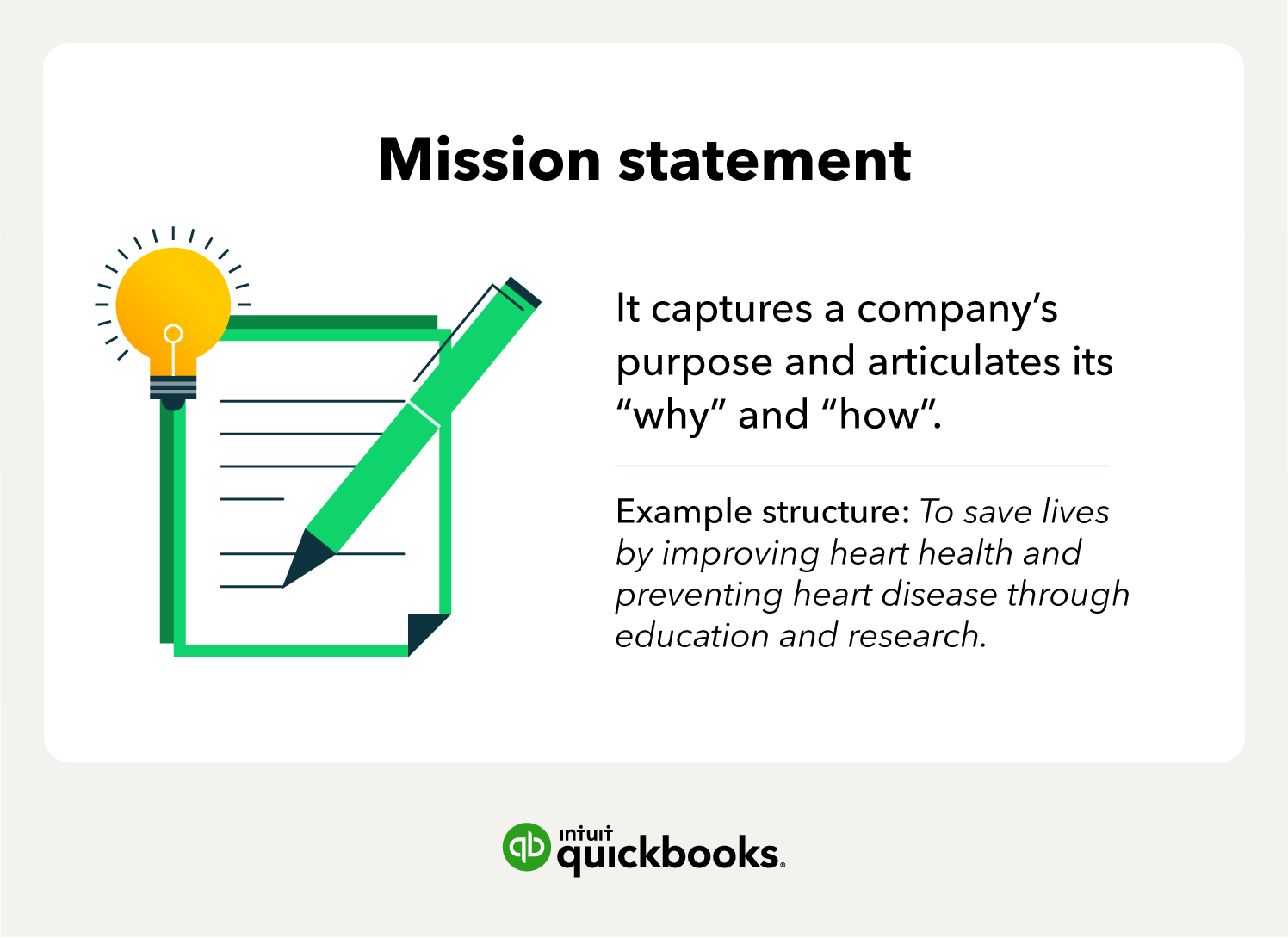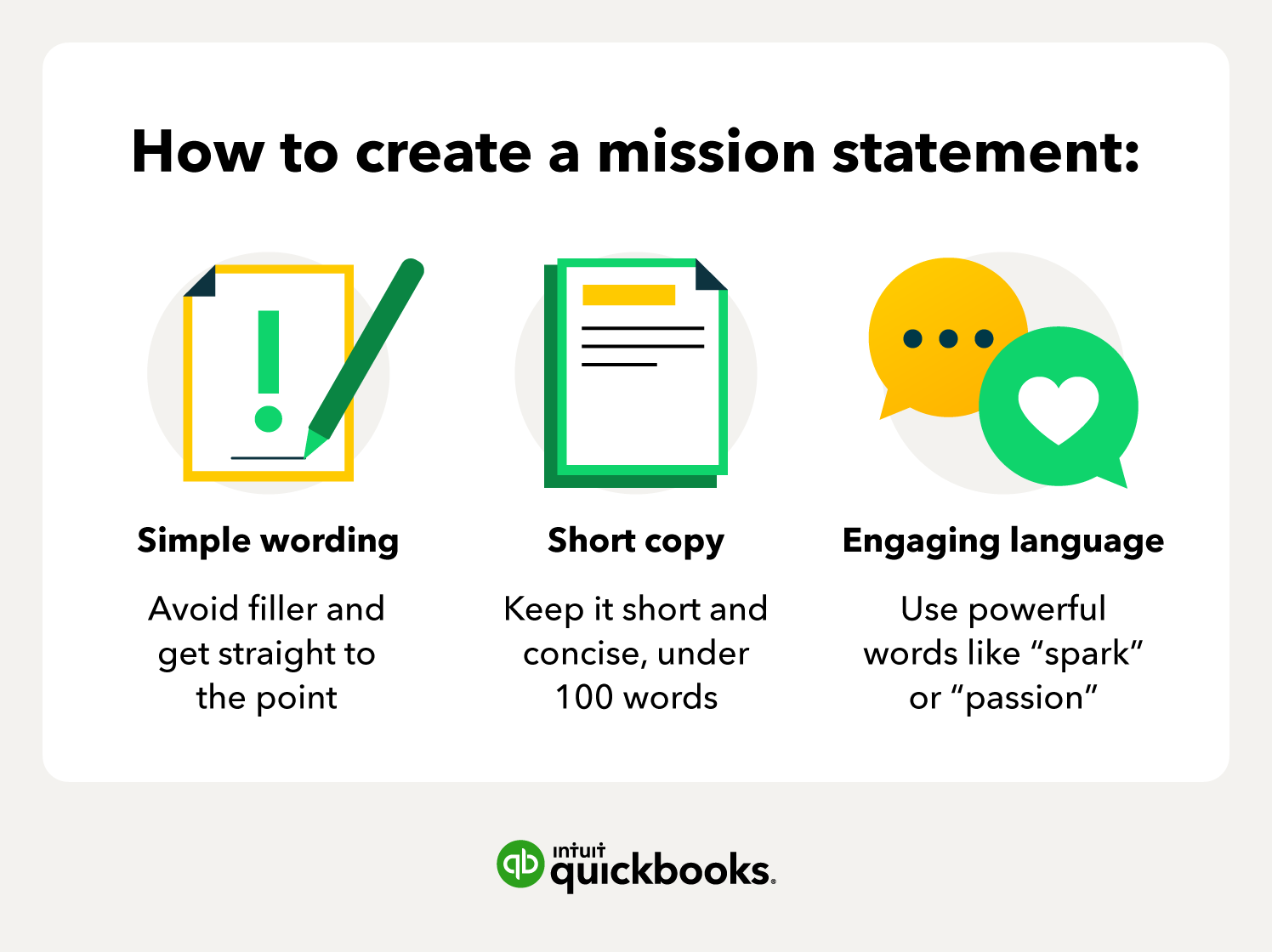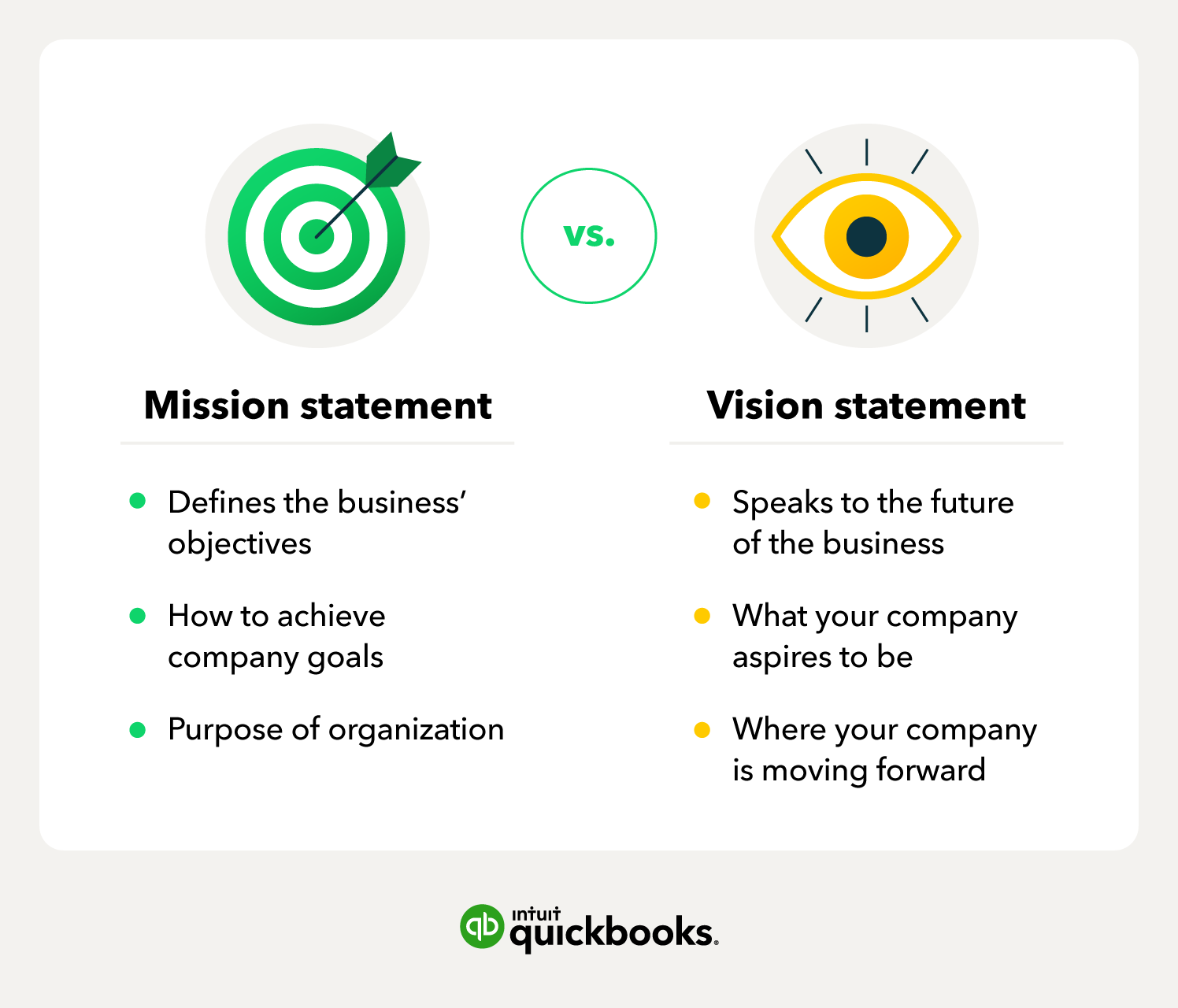How to Write a Mission Statement
The exercise of creating a mission statement can be a powerful one. It’s sure to result in deep thinking and debate about the company, values, direction, and vision for the future. If you plan to make this decision with a business partner or team, it’s a good idea to lay out a process ahead of time to ensure that everything is engaged and the debate is constructive.
The first thing you’ll need to decide is who should be involved. Is it just you running the show? You and co-owner? A few key team leaders and employees?
While you will probably not want to involve every person in the company, everyone on your leadership team should participate in the exercise and ideally, align on the outcome. You might also want to include customers, board members, advisors, and, perhaps, some key team members. To get the best result, it’s wise to include a diverse group of people that will have different perspectives on the company.
After you get the group together, decide how you’d like them to be involved. Maybe you want to send out a questionnaire to a wide range of people, compile the answers, then present them to a smaller group that will work together to draft the statement. Or maybe you’d like to have a writer take down the answers and create some drafts for debate before you meet.
Set aside some dedicated time for group discussion, but don’t leave it open-ended. Define a process and an outcome. For example, we will block out three hours to brainstorm and draft some options, then we will vote for one. Or we will vote on our top three drafts and test them on a defined group of stakeholders, collect feedback, and reconvene for a final vote. Appoint a moderator or facilitator to keep the group on track.
If you are a very small company, maybe all you need are three people in a room for a couple of hours. For a mid-size company with several stakeholders, you may need to use some strategic planning, or even bring in an outside firm to make sure all points of view are included.







